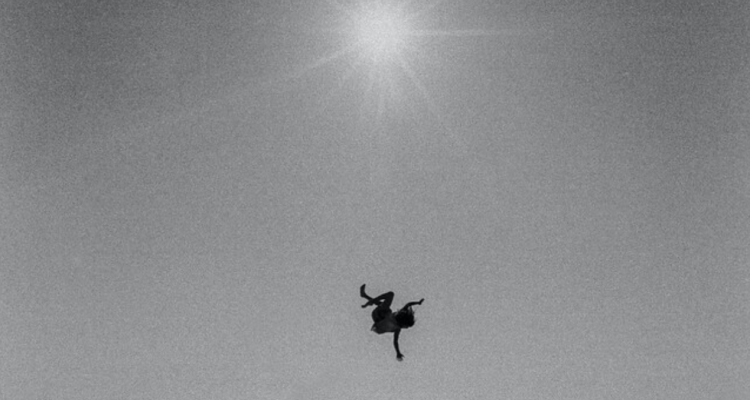When Adger Cowans received his first camera as a child, he always first kept it by his bedside. But one night, he had a different and even more unique idea. In an effort to capture the unreal, he placed his camera beneath his pillow in hopes that he would be fast enough to photograph his dreams.
Adger Cowans’ photography exhibition “Sense and Sensibility” is currently on display in Bellarmine Hall Galleries, which showcases his work over a large period of time. Born in Columbus, Ohio in 1936, Adger Cowans became a pioneering photographer, not only in terms of his distinct capture of soul and daily life but also in terms of boundaries regarding race. He became one of the first widely renowned African-American photographers with Gordon Parks as his mentor, and consequently became a founding member of the “Kamoinge Workshop.” This organization cultivated, as Cowans calls it, the “Black Aesthetic,” as it was meant to change the depiction of African-Americans from a negative light to a more positive one. In the coming years, Cowans was the first African-American still photographer in Hollywood.
In an interview with the Virginia Museum of Fine Arts, when describing his process when taking a photograph, Cowans shared, “I think all the photographs that I take have to have, for me, this sense of … the feeling.”
This sense of “the feeling” becomes tactile, like your hand lying flat against a silver pond, in the exhibited photographs, such as “Icarus,” taken by Cowans in 1970. “Icarus” is a black-and-white photograph depicting a darkened figure falling through an empty sky. Directly above the figure is the sun. As it shines through space, it resembles the fall of Icarus (from the Hellenic myth, after he flew too close to the sun and the wax had melted off his wings). With the photograph fading from darkness to light, from top to bottom, the black falling figure (given its low position in the frame), creates a striking contrast with its lighter background. It ultimately becomes the focus of the photograph. However, with the title in mind, and the frozen movement of the figure, the falling figure seems to no longer capture your attention as it once did after a while. Instead, the empty space around the figure seems to create a rising peripheral movement and makes it seem as though you are falling alongside the dark central figure.
“Mississippi,” a photograph taken by Cowans in 1963, is on display as well. This picture elicits the senses of the viewer. However, this time, it is no sense of falling or dread, but now conflict. Within the photograph, there is a portrait of a child looking into the camera wearing an N.A.A.C.P (National Association for the Advancement of Colored People) t-shirt which, in its center, has a scale of justice depicted. The frame is then mostly covered by a semi-transparent United States flag. There is a conflict of history that exists between the child wearing the shirt and the flag, as the institution depicted was created in order to protect and advance the child. However, these portrayed organizations have an added, bitter element in that the two institutions have similar principles. They both, for instance, take the famous introductory line from The Declaration of Independence, “We hold these truths to be self-evident, that all men are created equal…” and the statement made on the N.A.A.C.P’s website, under the heading “Our Vision,” “Our vision is to ensure a society in which all individuals have equal rights and there is no racial hatred or racial discrimination.” With these elements illustrating the background of the picture, it gives the photograph a societal relevance by providing a commentary on the issue of racism itself, without even having to be direct; it is simply seen.
The most heartfelt photograph on display that most people would agree on is “Momma’s Ohio Piano,” taken by Cowans in 1965. With framed portraits arranged from above a high piano mantle with pressed linen beneath, the photograph captures the feeling of domestic unity within a home. Underneath the mantle, upon the music stand, is a sleeping copy of “Ebony Magazine” with a chewed-up, crumpled sheet of music entitled “Bless This House” beside it. Cowans, in an interview, spoke of how his mother played “Bless This House” on the piano when he was a child. Overall, the photograph reveals an abundance of a certain stillness, which seems to highlight the eternity of family in its perennially dynamic dichotomy.
Adger Cowans’ “Sense and Sensibility” exhibition is located in the Bellarmine Hall Galleries and will be on display until June 18.


Leave a Reply